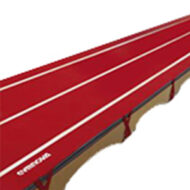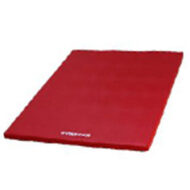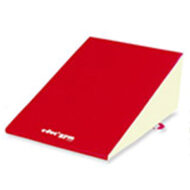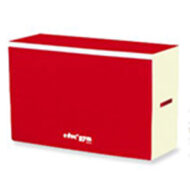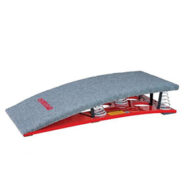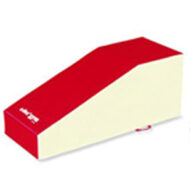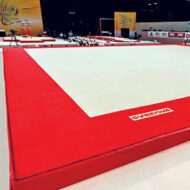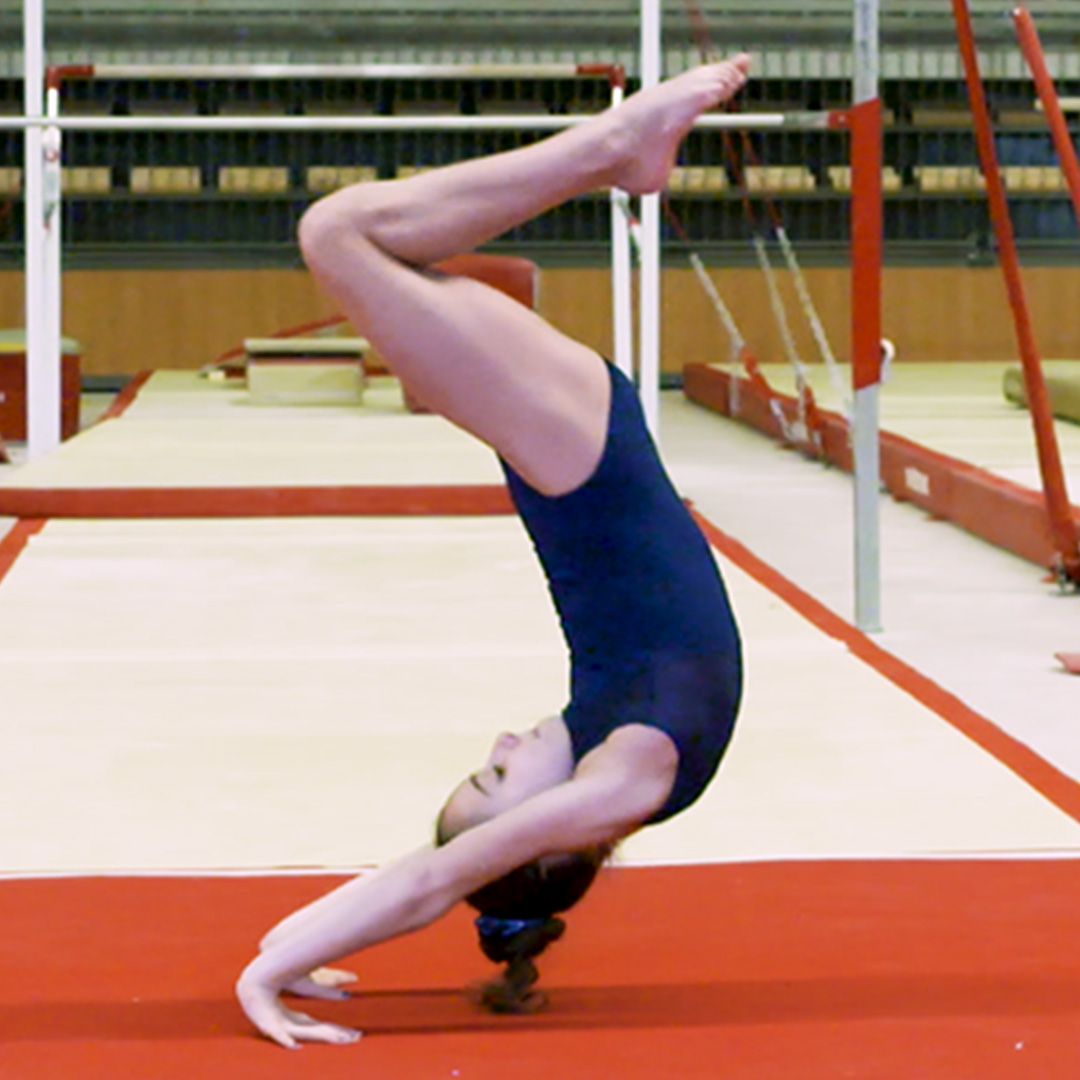Forward rolls on floor
How to teach the forward rolls on floor

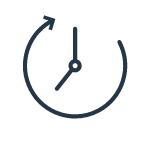

Angelo Ritorto
Forward rolls on floor
How to teach the forward rolls on floor
description
In this tutorial, we'll be looking at the most basic gymnastics movement there is: the forward roll!
This element is quite simply inescapable in gymnastics. It creates the foundation for all forward gymnastics movements.
Since it's one of the first elements that we teach, it's important to be extremely precise with our instructions, and with the exercises that we give to our gymnasts.
We are responsible for creating a solid foundation for them that will allow them to develop confidently towards more complicated moves.
As you know, there are several different types of forward rolls. We will be going through the most common forms: forward roll with arms and legs bent, through to forward roll with straight legs, or into straddle, including versions with straight arms or through shoulder stand.
We'll go through the technique needed for each one of these, and you'll be introduced to the entire skill progression, from the first forward rolls to forward rolls with straight legs and to straddle stand.
Success and the right progression are often to be found in the details. Discover through this tutorial how to do precise and meaningful work even with a skill as simple as a forward roll!
Associated books
Let's Teach Artistic Gymnastics - Floor Skills - Volume 1
Learn how to teach:
• Shoulder stand • Forward and backward rolls • Handstand • Forward lunge • Bridges •
All the exercises needed to learn these technical elements, from their beginnings to the execution of complete skills
→ 219 exercises - 184 pages - Format 15 x 21 cm -
A note on the series of books, "Let's teach gymnastics":
• Our books are essential companions to the video training on the same topics that you find in the section "Gymnastics Education" here on GymneoTV.
• Their spiral binding and tabbed pages allow you to quickly find the skills you want to look at, and easily locate the drills and training stations.
• The summaries of technique and the large format illustrations made to scale make these books the ideal companions to your training sessions.
Our advice:
• For training session prep: thanks to the technique summary and icons at the top of each page, you can easily find the stations that match the current needs of your gymnasts. You can also anticipate the equipment needs for your upcoming session.
• During training: with the help of realistic images, you can save time by showing your gymnasts the drills to work on. They will also be able to help you set up the training stations and thanks to the illustrations, they'll more easily understand the task at hand.
• You will improve the constant exchange that you have with your athletes. In fact, when giving your instructions, the illustrations create common ground for discussions or reference points. They make it easy to understand and/or visualize technical placements, which makes it much easier to learn the element.
content
- Forward rolls with arms and legs bent, without holding the knees during the roll
- Forward rolls with bent arms and legs, holding the knees during the roll
- Forward rolls with legs straight as they pass through the upside down vertical
- Forward rolls with straight arms and bent legs
- Forward rolls with straight arms and hands completely flexed
- Forward rolls passing through shoulder stand
